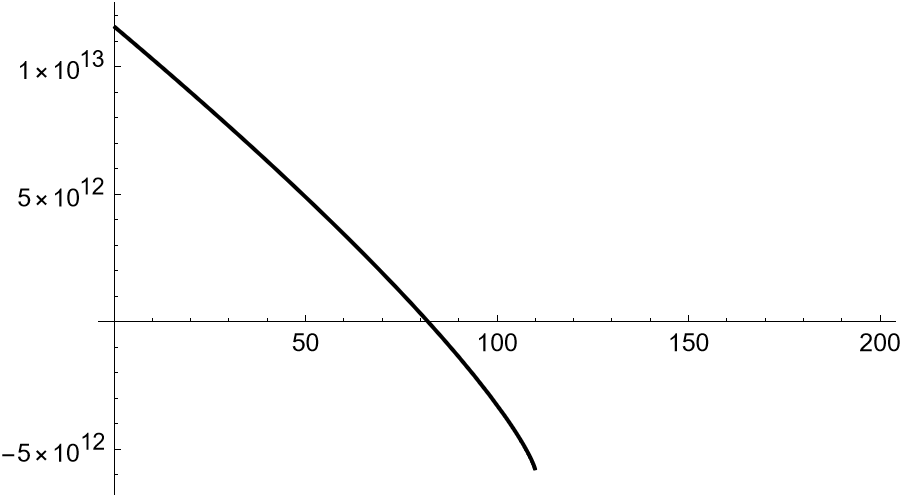I have a function that includes another function inside. I want to know the derivative at every point x. I have spent a lot of time trying to figure out how to do this, but I am very lost. I have searched on here without luck.
y = 70000.;
t = 350.;
f = 3000.;
ta = 250.;
fa = 1000.;
u = 3000.;
(* elasticity of income *)
\[Gamma] = 0.2;
(* price elasticity of housing *)
\[Epsilon] = -0.6;
(* constant in demand function *)
\[Omega] = 7.34074;
And the two functions:
p[x_, y_, t_, ta_, f_, fa_, u_] := (E^\[Omega]*(\[Epsilon]+1)*((y-(f+fa)-(t+ta)*x)^(1-\[Gamma])/(1-\[Gamma])-u))^(1/(\[Epsilon]+1));
q[x_, y_, t_, ta_, f_, fa_, u_] := (1-\[Gamma])^(\[Gamma]/(1-\[Gamma]))*E^\[Omega]*p[x, y, t, ta, f, fa, u]^(\[Epsilon]+1)*((E^\[Omega]*p[x, y, t, ta, f, fa, u]
I need to know what the derivative of q is with respect to p on a graph of x.
I have tried these:
ND[q[x, y, t, ta, f, fa, u],p[x, y, t, ta, f, fa, u]];
ND[q[x, y, t, ta, f, fa, u],p];
D[q[x, y, t, ta, f, fa, u],p[x, y, t, ta, f, fa, u]];
D[q[x, y, t, ta, f, fa, u],p];
ND[q[1, y, t, ta, f, fa, u],p[1, y, t, ta, f, fa, u]];
ND[q[1, y, t, ta, f, fa, u],p];
D[q[1, y, t, ta, f, fa, u],p[1, y, t, ta, f, fa, u]];
D[q[1, y, t, ta, f, fa, u],p];
None of it gave any meaningful results. I only want to know if the result is negative at all given x'es.




D[(1 - \[Gamma])^(\[Gamma]/(1 - \[Gamma]))*E^\[Omega]*p^(\[Epsilon] + 1)*((E^\[Omega]*p )), p]? If so, you can do that and then substitute forp. $\endgroup$p[x,params]you also need to substitute forparams; this will produce an express inx. $\endgroup$